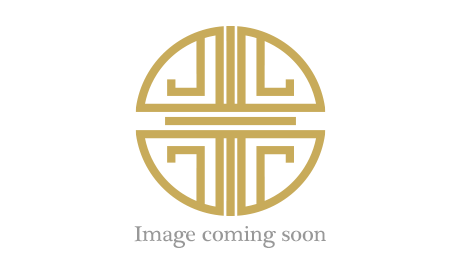The Fate of Luxury, Post-Coronavirus
- 24th Nov 2020
- 2135
- 0

Luxury has never been an easy definition. It varies from person to person. But the general accepted meaning of luxury brands are products made from the finest materials, with skyrocketing prices, brand identities, conveying apparent status and sold only in high service venues. For years, this has been stable, but the year 2020 bought a revolution in the luxury industry.
No doubt, these products remain to be luxury, but consumers have now changed their outlook towards luxury and hence affecting the luxury market. It’s just that they will face new and more competition for luxury consumer spending.
Personal Values
Consumers now look for luxury products with an aim. They need to know if they buy a particular product, will it do any good to the society or the environment. Is it a bad thing or good? How sustainable a brand is, if very important to the consumers. They want to know the brands’ attitudes towards workers, the environment, fair wages, local production, charitable giving, disadvantaged people and many other things. Any product which has harmed the environment or society is less attractive now than in the past.
It is during the lockdown that people have understood how much difference each person can make to the world. Hence, each action has societal consequences. Sustainability never was a trend; it has always been a necessity. And now, sustainability is the only way forward, and hence brands need to include it in their products, packaging and delivery systems.
Function
Who have been the primary consumers of luxury brands? People in their 30s and 40s are often the sweet spot of the target audience for luxury brands. These consumers not only have the purchasing power but also have the time to pursue their interests and hobbies. These consumers are looking for products that enhance their ability to enjoy what they love is now competing with what have always been luxury products.
A consumer who loves hiking will allocate their budget for a great pair of hiking boots and forego the Gucci shoes that were a priority in another time. Even if they use the shoes rarely, they bring out the person’s identity and hence are of higher value t the customer. Luxury is now also about what the products say to the consumer about themselves, what they are committed to and not just about what it says to other people when it’s worn.
Due to this behavioural change, luxury brands now have to compete with the range of products that compete with traditional luxury and make the sale of luxury as it has been defined for a long time much more challenging and more competitive.
For example, high-end, luxury jeans are not just about jeans. Nudie Jeans now offers jeans which are also sustainable. Nudie offers free repairs for life on its jeans, so you never have to put them in the trash. If you get tired of your Nudie jeans, Nudie will repurchase them. If you prefer to save the environment by buying used jeans, Nudie will sell you pairs it has purchased from consumers. While fit and style are critical to a sale, Nudie is offering a value system along with its pants.
This makes it a competitor of other luxury brands like Gucci, Burberry and more.
A startup brand called Careste offers luxury fashion products in 22 micro-sized to reduce returns of ill-fitting merchandise. The brand appeals to environmentally-conscious consumers because it holds no inventory and produces products only once a consumer places an order. That eliminates overproduction, shipping and warehousing of unwanted products and the associated environmental waste.
Another Californian company has created a material out of mycelium (mushroom roots) called Mylo that functions like leather but is much more environmentally sensitive. This is a significant threat to other companies like the Kering group, Adidas.
The Future Of Selling Luxury
Due to COVID-19, we are in a situation where we don’t know how safe is it to go out. Hence, the future of physical stores is uncertain. But Luxury brands have always been known for their brick and mortar stores and physical interaction over online sales.
We have now also started witnessing people use secondhand luxury goods. Fashion houses such as Burberry and Gucci have created marketing arrangements with secondhand seller The RealReal REAL. The whole aim of doing this is to capture audiences who want luxury products but also care for the environment.
The luxury market has definitely suffered a loss, but it has definitely been redefined and expanded to mean more than it used to. The markets have now been broadened and open to different kinds of competitors. It also creates a threat to established brands who have to figure out how to adapt to what consumers want now.
 Hinal Jain
Hinal Jain


Comments
No comments yet.
Add Your Comment
Thank you, for commenting !!
Your comment is under moderation...
Keep reading luxury post